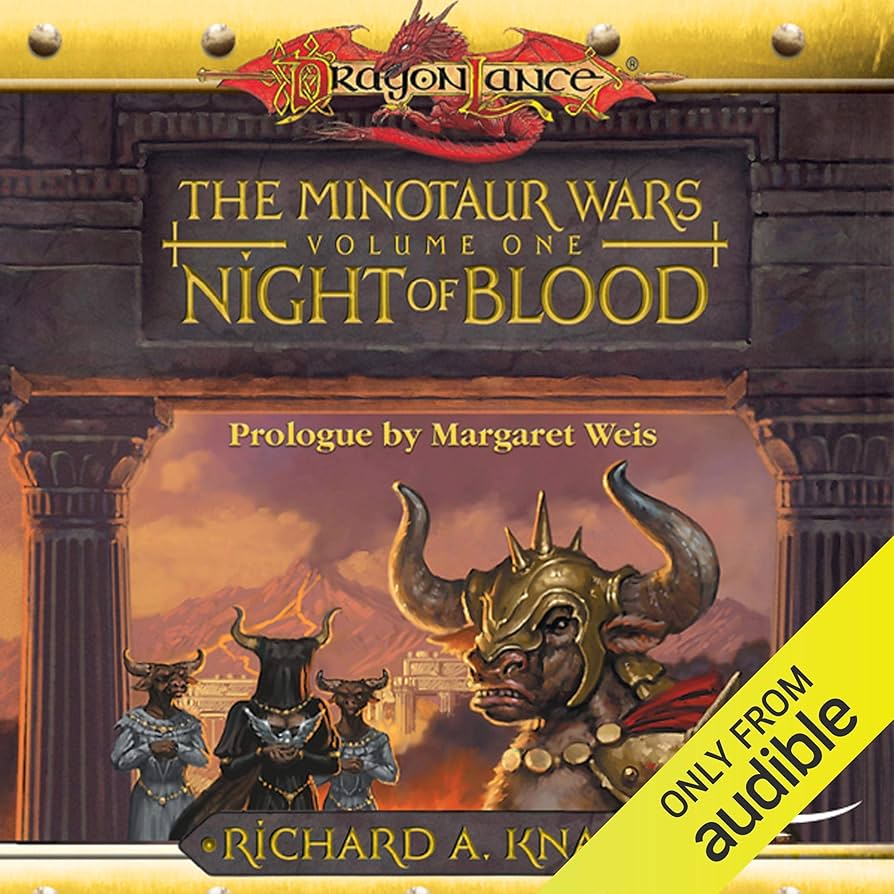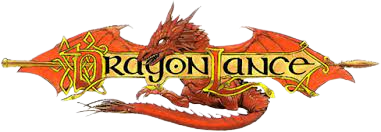Night of Blood

m tone and brutal stakes for the series.
This is a story of rebellion disguised as revolution, where ancient traditions crumble under the boot of holy war, and ambition burns brighter than honor.
Table of Contents
ToggleMain Character: Hotak de-Droka
A high-ranking general of the minotaurs and a devout follower of Sargas.
Hotak sees the current regime as decadent and weak. With fire, steel, and divine rhetoric, he declares himself the savior of minotaur society.
His ascent is swift, calculated, and bloody. He frames his rebellion as a sacred crusade, and few dare to challenge his momentum.
By the novel’s end, Hotak’s transformation from servant of the state to self-declared emperor is nearly complete.
Supporting Characters
Meksa – A priest of Sargas and early ally to Hotak. As the violence escalates, Meksa’s faith begins to crack under the weight of Hotak’s cruelty.
Mayleaf – Introduced as a background figure but becomes a critical symbol of rebellion. Her arc begins here, as a slave watching the rise of tyranny.
Kezrak – A proud minotaur noble opposed to Hotak’s vision of divinely sanctioned rule. His resistance forms the first spark of a growing fire.
The Council of Nine – The old ruling body of the minotaurs. Arrogant and divided, their inability to respond to Hotak’s uprising dooms the existing order.
Setting
The novel is primarily set in Nethosak, capital of the Minotaur League. The setting shifts from marble halls of political pomp to burning streets and bloodstained temples.
Hotak’s rise is mirrored by the collapse of old sanctuaries and the construction of new monuments to his god and ambition. As his revolution sweeps the city, so too does a new faith built on blood and fear.
This is a novel of internal conflict—political, spiritual, and personal—with the setting reflecting a kingdom at war with itself.
Plot Summary
Hotak returns to Nethosak from military service and finds his homeland fractured by weak leadership and moral stagnation. Believing himself chosen by Sargas, he begins to amass political and religious support for a radical transformation.
Using calculated violence, populist rhetoric, and divine justification, he stages a coup. The Council of Nine falls. Temples are rededicated to Sargas. Dissenters are executed.
Meksa grows disturbed by Hotak’s increasingly unhinged interpretation of divine will. Kezrak tries and fails to rally opposition before being forced into exile.
By the end, the League is gone. The Empire of Blood is born.
Themes
Faith Turned Weapon – Hotak wields religion like a sword, blurring prophecy and propaganda.
Revolution vs. Tyranny – The line between liberator and oppressor is razor-thin, and Hotak dances across it.
Collapse of Tradition – Old systems fail not with a bang, but through internal rot and complacency.
Beginnings of Resistance – Seeds of rebellion are sown in the wake of Hotak’s purges.
Tone & Style
Night of Blood is tense, brutal, and steeped in political theology. The prose is sharp and strategic, with philosophical undercurrents tied to divine will and moral erosion.
It reads like a historical chronicle mixed with religious horror, exploring how easy it is to turn faith into fear.
Reception
Night of Blood is praised for:
A compelling and morally complex villain in Hotak.
Exploring a lesser-known part of Krynn with depth and originality.
Blending dark fantasy with political allegory.
Some critiques:
The tone is unrelentingly grim.
Characters outside Hotak feel underdeveloped in comparison.
Final Thoughts
Night of Blood is a ruthless, thought-provoking opening to the Minotaur Wars Trilogy. It sets a high-stakes foundation for the rise of an empire that seems destined to fall.
More than just the story of a coup, it’s the story of how truth is bent, gods are invoked, and blood is spilled to build a world no one asked for.
Recommended for:
Fans of political and religiously driven fantasy.
Readers interested in dark, villain-centered arcs.
Those looking to explore Taladas and minotaur culture in depth.
